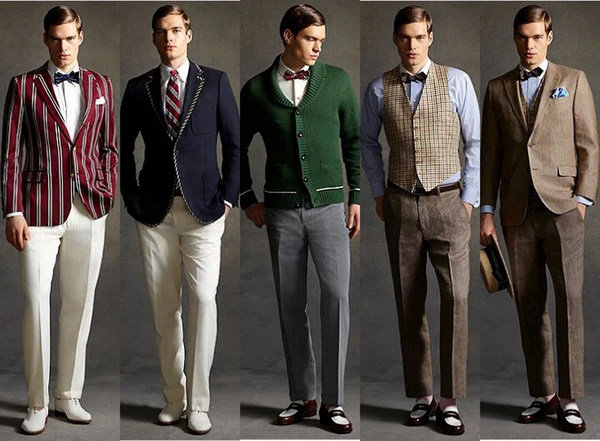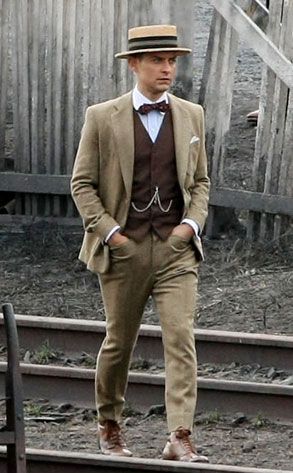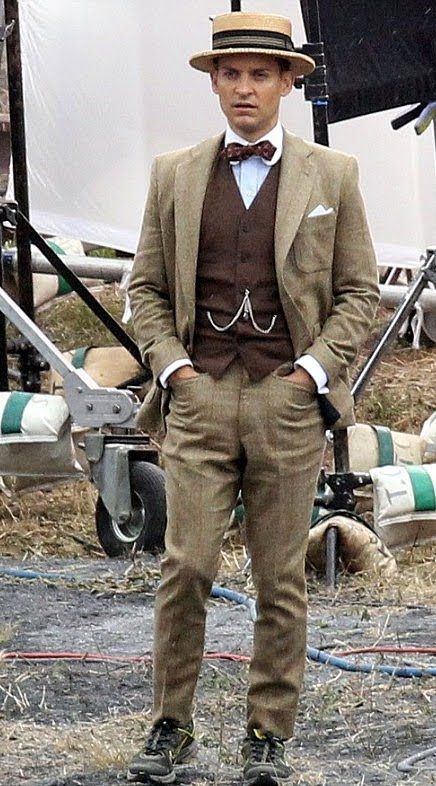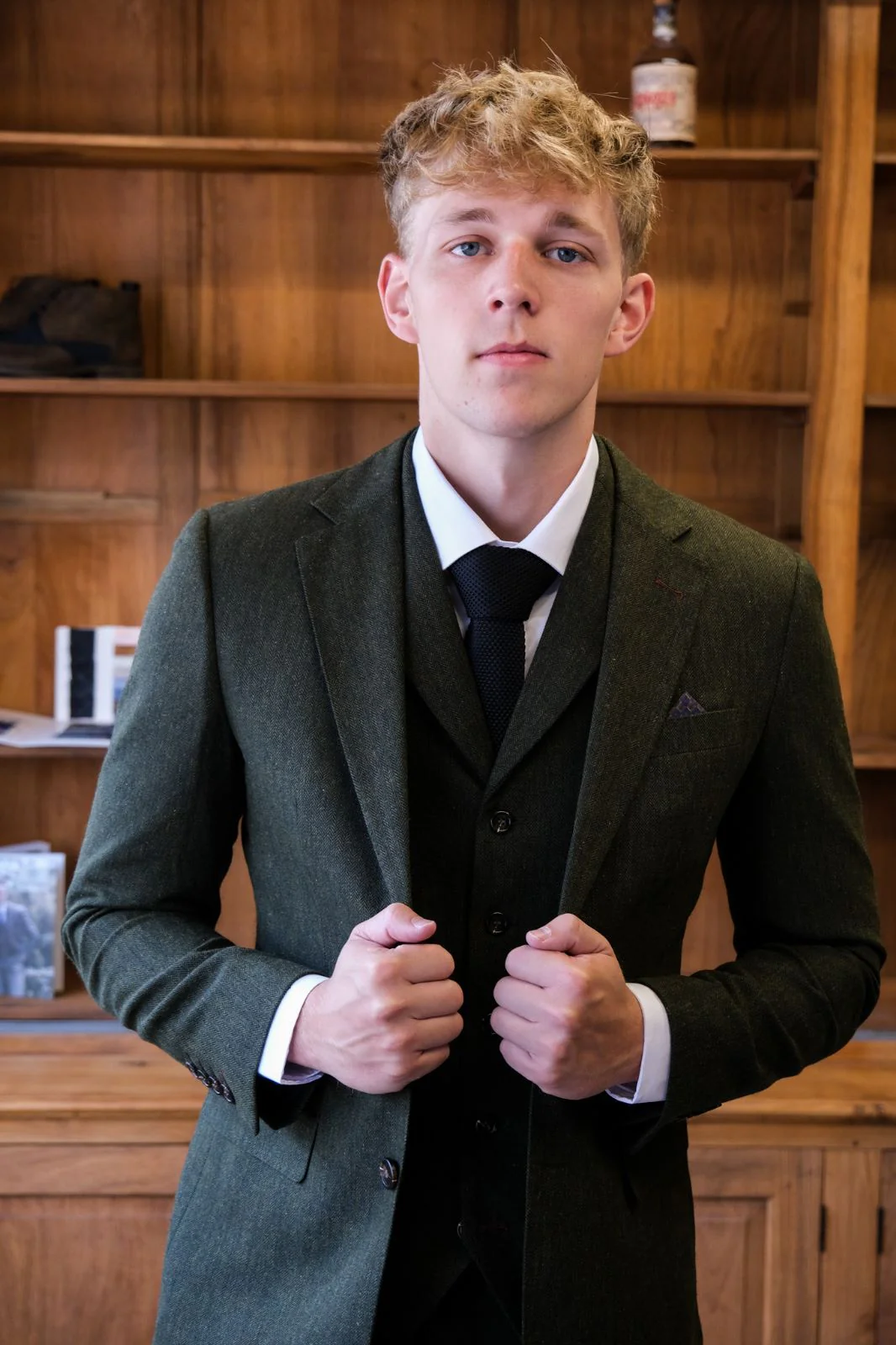Men’s Fashion A Comprehensive Guide to Style and Elegance 2024
October 4, 2024Men’s fashion has evolved dramatically over the years, shifting from simple utilitarian clothing to a full spectrum of choices that reflect personal style, identity, and occasion. In today’s world, dressing well is not just about wearing clothes; it’s about making a statement. This guide will explore the essential elements of men’s fashion, from casual wear to formal attire, helping you look your best at every event.
Understanding Men’s Fashion Basics

1. Building the Foundation: Essential Wardrobe Staples men’s fashion
A well-curated wardrobe begins with a strong foundation of essential pieces that can be mixed and matched for various occasions. The key staples every man should own include:
- White Dress Shirt: A classic white shirt is versatile and can be worn with both casual and formal attire.
- Dark Denim Jeans: Slim or straight-fit jeans in a dark wash are perfect for everyday wear.
- Tailored Suit: A well-fitted suit in a neutral color like navy, grey, or black is crucial for formal events or professional settings.
- Classic Blazer: A blazer adds sophistication to casual or semi-formal outfits.
- Chinos: Comfortable and stylish, chinos are ideal for business casual settings.
2. Fabrics and Textures: Elevating Your Wardrobe men’s fashion
The choice of fabric can elevate even the simplest outfit. Consider the textures and materials you incorporate into your wardrobe:
- Cotton: Breathable and comfortable, perfect for casual shirts and pants.
- Wool: Ideal for suits, blazers, and outerwear, especially in cooler months.
- Linen: A light and breathable fabric for summer, often used for shirts and casual trousers.
- Leather: Essential for shoes, belts, and jackets, adding a rugged and timeless appeal.
3. Fit Matters: Why Tailoring is Essential men’s fashion
One of the most important aspects of men’s fashion is fit. Even the most expensive clothes can look cheap if they don’t fit properly. On the other hand, even inexpensive items can look stylish with the right fit. Tailoring is the key to achieving a polished and put-together appearance. Here are a few tips:
- Shirts should have a snug fit around the shoulders and chest, without being too tight.
- Trousers should have a slim fit through the thighs, with a slight taper toward the ankle.
- Jackets should fit well at the shoulders, with the sleeves ending just above the wrist.
Casual Wear: The Art of Effortless Style men’s fashion
1. The Perfect Casual Look men’s fashion
Casual wear does not mean sloppy. You can look stylish while staying comfortable with a few smart choices. A basic casual wardrobe might include:
- T-shirts: Opt for high-quality cotton tees in neutral colors like black, white, or grey. These can be paired with jeans, chinos, or shorts for a relaxed yet stylish look.
- Jeans: A well-fitted pair of jeans is an essential part of casual wear. Look for slim or straight cuts that complement your body type.
- Sneakers: Stylish yet comfortable sneakers add a laid-back vibe to your outfit without compromising on style.
2. Casual Outerwear: Layering for Style and Comfort

Layering is an excellent way to add depth and style to your casual outfits. Consider adding these outerwear pieces to your wardrobe:
- Denim Jacket: A timeless piece that pairs well with both casual and semi-casual outfits.
- Bomber Jacket: Perfect for a relaxed yet trendy look, ideal for spring and autumn.
- Hoodie: While casual, a well-fitted hoodie can be stylish when paired with jeans or joggers.
Business Casual: The Balance Between Comfort and Professionalism
1. What is Business Casual?
Business casual is a dress code that blends professionalism with comfort. It’s less formal than traditional business attire but still polished and professional. The key pieces for a business casual wardrobe include:
- Polo Shirts or Button-Downs: Both are suitable for business casual settings, though button-downs offer a more refined look.
- Chinos or Dress Pants: These provide a smart alternative to jeans, maintaining a professional appearance.
- Loafers or Oxfords: Comfortable yet formal shoes are ideal for completing a business casual outfit.
2. How to Nail Business Casual for Different Occasions
Depending on the occasion, you can tweak your business casual look. For instance:
- Work Meetings: Opt for a button-down shirt paired with chinos and leather shoes for a professional look.
- Office Parties: A polo shirt with chinos or even dark jeans can strike the right balance between casual and formal.
- Casual Fridays: A blazer over a t-shirt or polo can offer a relaxed yet refined look.
Formal Wear: The Art of Dressing for Special Occasions
1. The Classic Suit: Timeless Elegance
When it comes to formal events, nothing beats the classic suit. To ensure you always look sharp, invest in high-quality suits that can be worn for years to come. Here are some tips for choosing the right suit:
- Color: A navy or charcoal grey suit is versatile and appropriate for most formal occasions.
- Fit: A well-tailored suit enhances your appearance. Make sure the jacket fits well at the shoulders, and the pants have a slim, tailored fit.
- Accessories: Add a tie, cufflinks, and a pocket square to elevate the look further.
2. Black Tie Events: Mastering the Tuxedo
For ultra-formal occasions, a tuxedo is the go-to attire. Here are some tips for looking sharp in a tuxedo:
- Jacket: Opt for a classic black or midnight blue tuxedo jacket with a satin lapel.
- Bow Tie: A bow tie is a must for black tie events.
- Shoes: Pair your tuxedo with patent leather dress shoes for a polished finish.
Footwear: The Foundation of Style
No outfit is complete without the right pair of shoes. Footwear can make or break your outfit, so it’s essential to choose wisely.
1. Casual Shoes
For casual settings, you have plenty of options:
- Sneakers: A versatile choice for day-to-day wear.
- Loafers: A step up from sneakers, perfect for casual to semi-formal settings.
- Chelsea Boots: Stylish and versatile, they work well with both casual and smart-casual outfits.
2. Formal Shoes
For formal occasions, always opt for high-quality leather shoes. Popular choices include:
- Oxfords: A classic, elegant shoe perfect for formal events.
- Derbies: Slightly more relaxed than Oxfords but still formal enough for most occasions.
- Monk Straps: A stylish alternative to traditional lace-up shoes, ideal for those who want to stand out.
Accessorizing: The Final Touch to Your Outfit

Accessories can significantly enhance your overall look. Here are a few key items every man should consider:
- Watches: A classic wristwatch adds sophistication and elegance to any outfit.
- Belts: Match your belt to your shoes for a cohesive look.
- Ties: Whether for work or formal events, a tie can pull your whole outfit together.

I am Freelancer From In Bangladesh
InFo : Whatsapp : 01616708249
Gmail : freelancerrakib819@gmail.com
